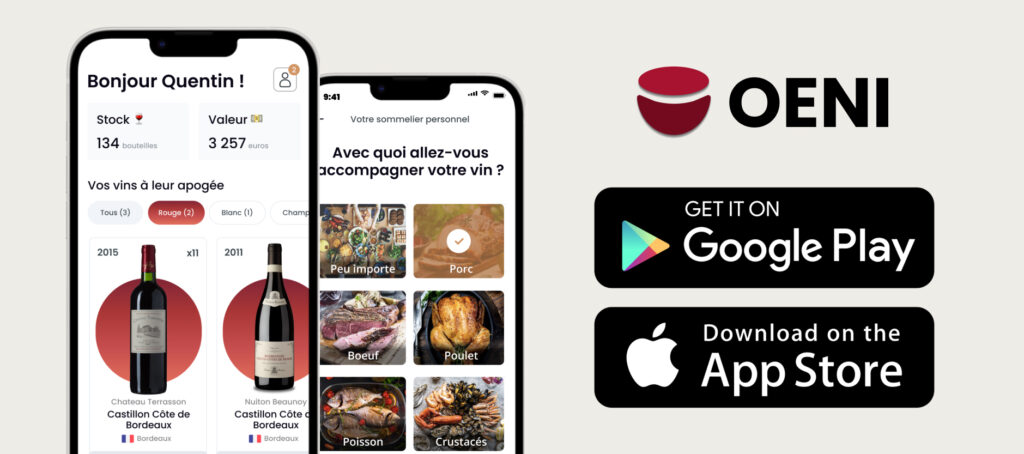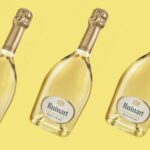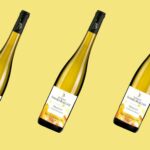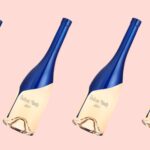Knowing the right moment to open a bottle of wine allows you to get the most out of it. The length of time a wine can be kept varies according to a number of criteria. Some crus are best drunk young, others reach their peak after several years.
If you're interested in wine-related articles, download our app for IOS or Android. It will give you access to our wine lexicon, our articles and our innovative solution, designed for all wine consumers and collectors.
Factors influencing wine shelf life
Several factors influence the ageing time of a wine. Grape variety, harvest year, vinification and wine type all play a part. A tannic red wine keeps better than a light rosé. Likewise, grand crus often have a higher ageing potential than simple cuvées.
Acidity and tannins play a key role. A wine that is acidic or rich in tannins ages better. The balance between alcohol, structure and freshness also ensures good evolution. Understanding these elements helps determine when to drink a wine without spoiling its aromas.
Wines to drink young
Some wines benefit from being drunk quickly. This is true of many dry whites, rosés and fruity reds. They offer freshness, liveliness and simplicity. There's no need to wait years, as their aromas would otherwise fade.
For example, a Muscadet, Beaujolais Nouveau or Côtes-de-Provence rosé can be enjoyed within a year or the following year. Their shelf life rarely exceeds two to three years. So plan to open them within this timeframe.
Ageing wines: patience and reward
Other bottles are worth waiting for. Certain Bordeaux, red Burgundy, Hermitage or Barolo wines improve in the cellar. Their tannins soften and aromas evolve towards complex notes of undergrowth, leather or spices.
A great Bordeaux can be kept for 10 to 20 years. A Châteauneuf-du-Pape often ages between 8 and 15 years. But it all depends on the vintage. A good cellar, with a stable temperature and low light levels, optimizes bottle ageing.
Long-keeping white wines
Contrary to popular belief, some whites age well. This is true of great Burgundies, German Rieslings and sweet wines. Their acidity enables them to withstand the decades.
A Savennières or Meursault can be kept for 10 to 15 years. A Sauternes or Tokay will age even longer. These wines develop aromas of honey, dried fruit or beeswax. The wine's shelf life often impresses neophytes.
When to drink wine by vintage year
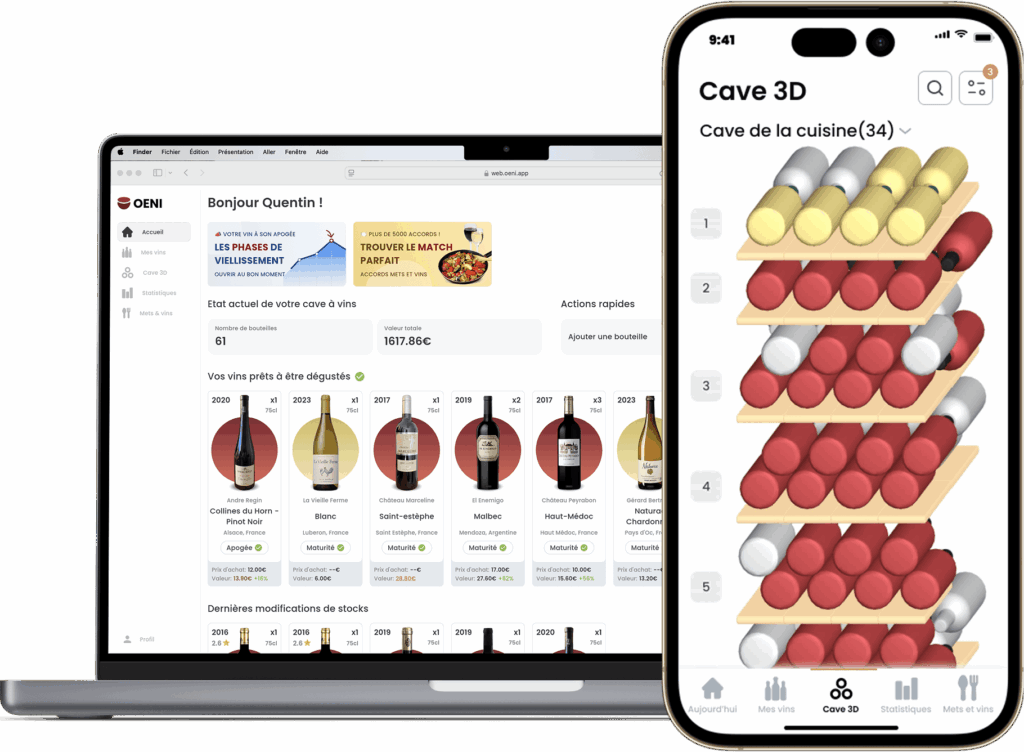
The vintage has a strong influence on the ideal moment for tasting. A warm year often produces wines that are rich and accessible more quickly. A cool year produces wines that are taut and often take longer to open up.
Specialized guides help you estimate when to drink a wine according to region, estate and harvest. Some websites and apps offer personalized advice. Keeping track of your bottles also makes it easier to make the right drinking choices.
How can you assess a wine's condition without opening it?
There are many clues to help estimate a bottle's maturity. The label, wine level, color and deposits offer clues. A wine that is too light or oxidized may indicate a storage problem.
Lightly shake the bottle to detect the presence of deposits. This does not mean that the bottle should be discarded. On the contrary, a deposit can be a sign of good bottle ageing. But the wine should be decanted before serving.
Mistakes to avoid with conservation
Storing wine incorrectly compromises its quality. Light, vibration, temperature variations and vertical storage are all detrimental to proper aging. The key is to create a stable, dark environment, with a temperature between 12 and 14°C.
Keeping a bottle in a warm kitchen or light-filled cupboard accelerates aging. The wine loses its aromas and freshness. A good wine cellar or fridge is essential, even for wines with a short shelf-life.
The role of the wine cellar in ageing
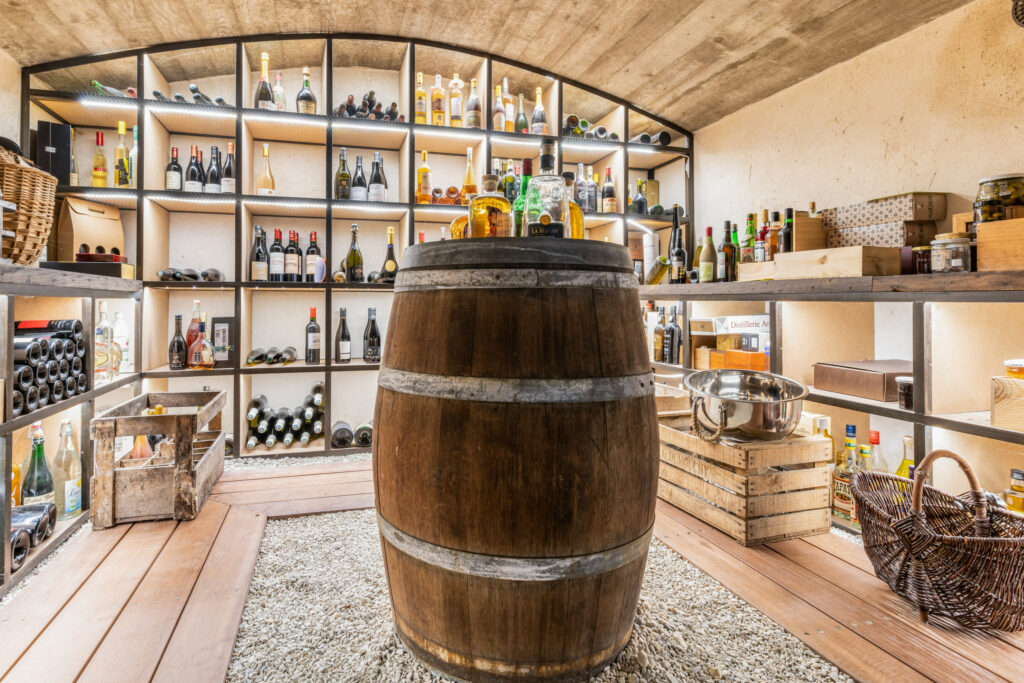
A well-tuned wine cellar extends the life of your bottles. It maintains a stable temperature, good hygrometry and protects against shocks. Multi-zone models let you adapt conditions to suit different types of wine.
So you can store reds, whites or champagnes in the same space. This facilitates intelligent cellar management and optimizes bottle aging. Investing in this type of equipment can pay off in the long term.
What if we opened a bottle too soon?
Drinking a wine too young deprives the taster of its complexity. The aromas remain closed, the tannins aggressive and the balance incomplete. The wine should be decanted for a long time, sometimes two or three hours.
This oxygenation accelerates evolution. But it's no substitute for proper cellaring. So it's best to wait a few more years to reveal the wine's full potential. Knowing when to drink a wine avoids wasting a good bottle.
What if we open it too late?
Conversely, a wine that is too old loses its structure. Aromas become dull, acidity disappears, and enjoyment diminishes. A good wine has an optimal drinking window.
That's why you need to keep track of your bottles on a regular basis. Keeping track of dates, tastings and impressions helps you manage your cellar. Using a tracking application also simplifies management.
If you enjoyed this article, don't hesitate to read the following one "Vineyards accessible by train from Lyon"which may also be of interest to you!


